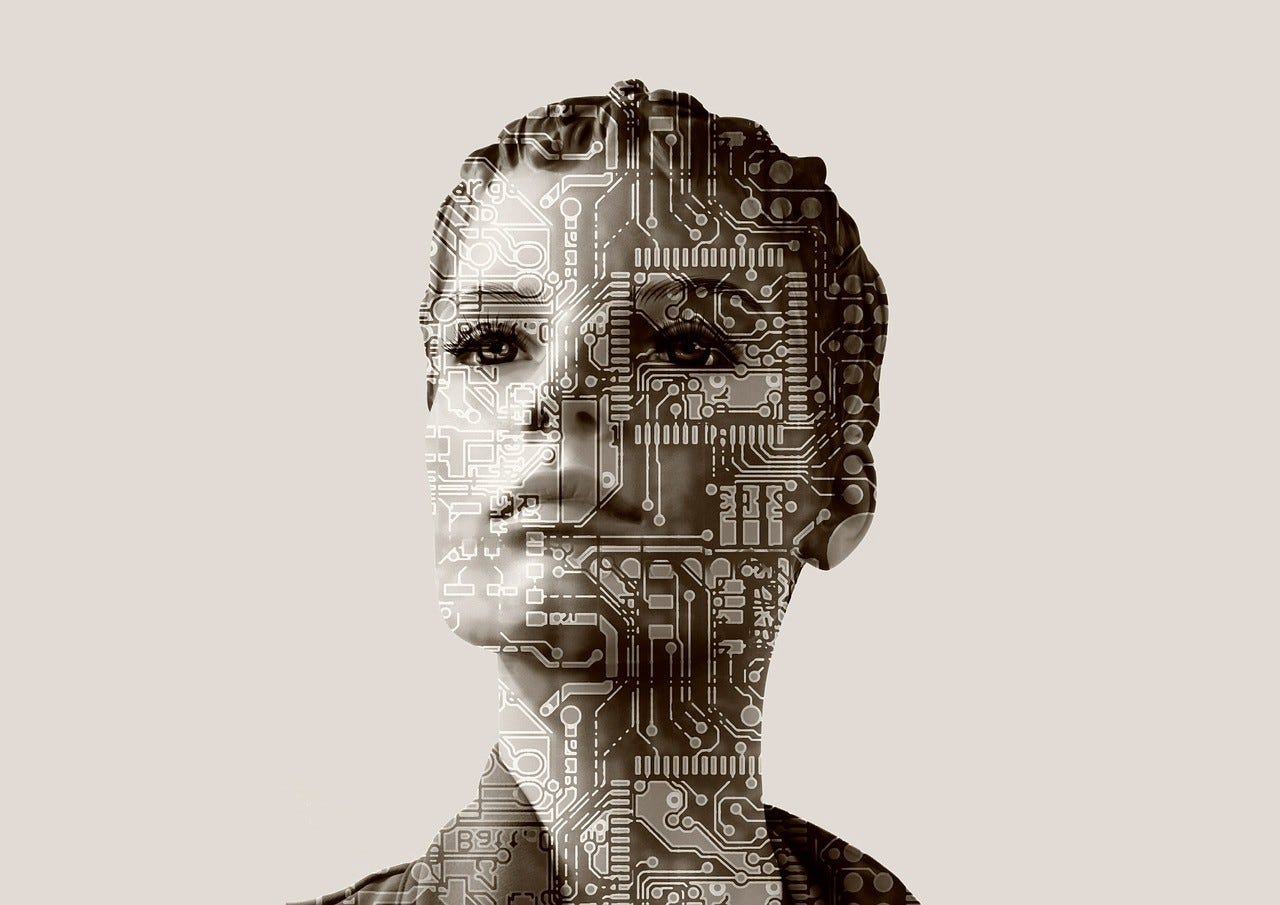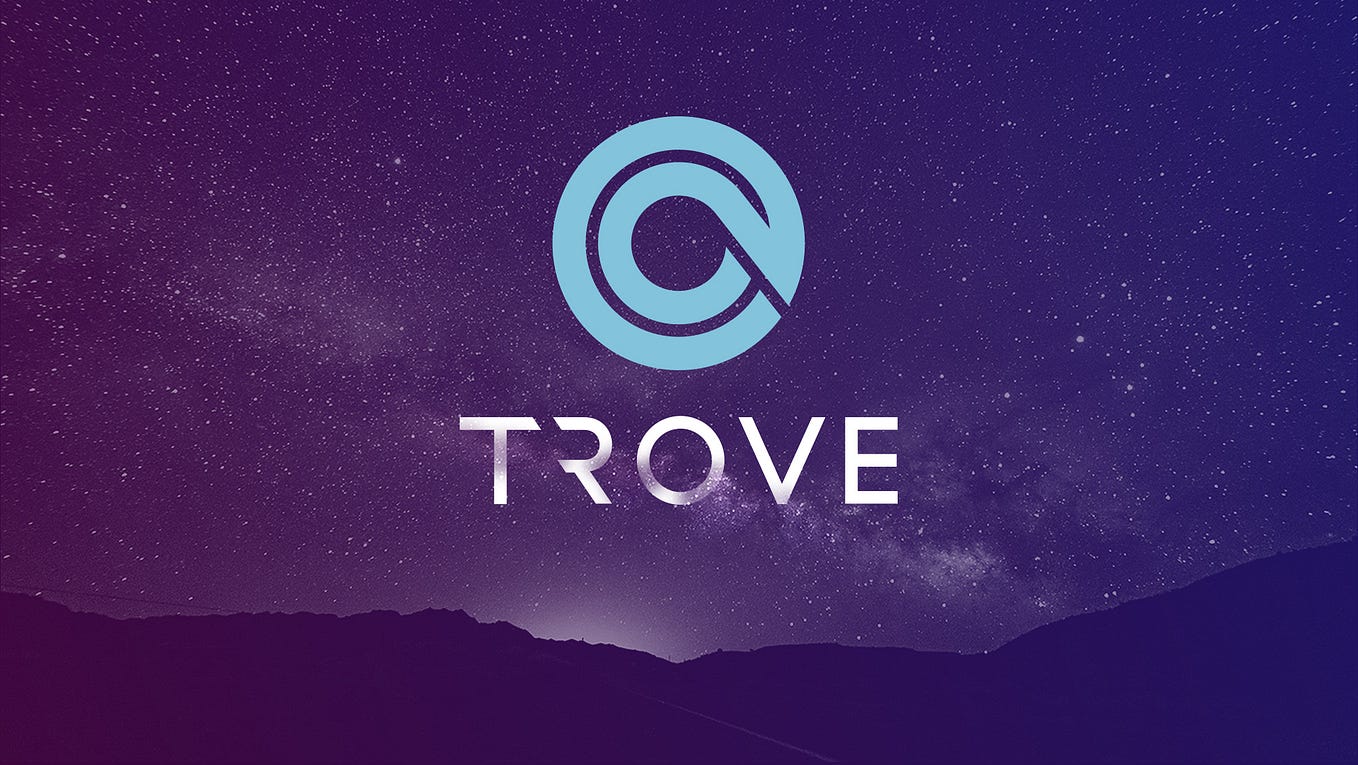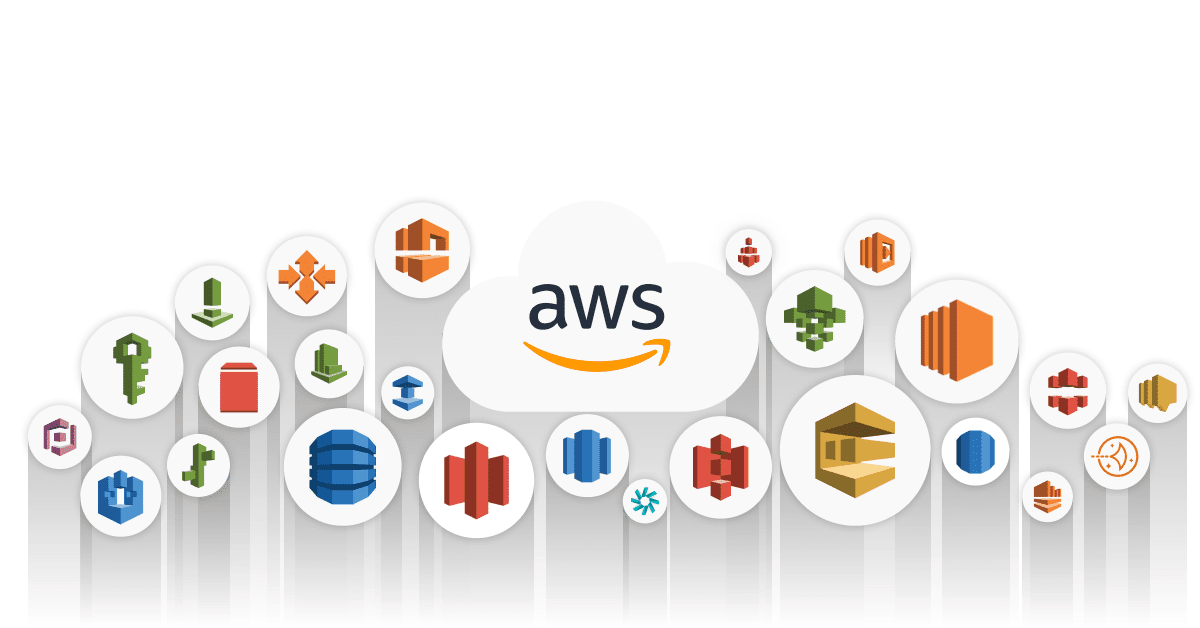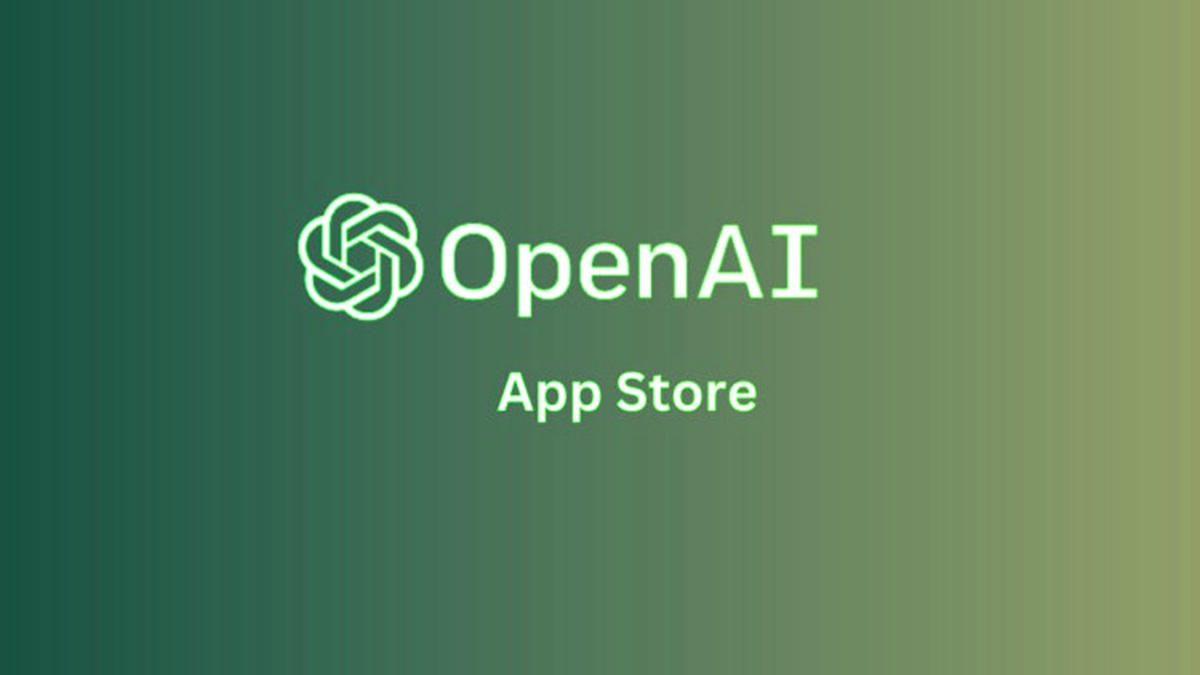Introduction
Artificial Intelligence (AI) has revolutionized various industries, and Software as a Service (SaaS) is no exception. With the advent of AI, SaaS providers are now able to enhance their offerings and provide more intelligent and efficient solutions to their users. In this article, we will explore the impact of AI on SaaS and how it has transformed the way software applications are built and delivered.
AI refers to the capability of machines to imitate human intelligence and perform tasks that typically require human intelligence. These tasks can include problem-solving, learning from experience, recognizing patterns, and making decisions. SaaS, on the other hand, refers to a software distribution model where applications are hosted on a cloud infrastructure and accessed by users through the internet. It eliminates the need for users to install and maintain software on their own hardware, offering greater flexibility and scalability.
The integration of AI into SaaS has opened up new possibilities for software developers and businesses alike. It enables SaaS applications to analyze large amounts of data, gain insights, and make informed decisions in real-time. AI algorithms can process data faster than humans, allowing SaaS applications to deliver personalized experiences, optimize workflows, and automate repetitive tasks.
One of the key benefits of using AI in SaaS is its ability to enhance user engagement and satisfaction. AI-powered applications can understand user behavior, preferences, and patterns, enabling them to provide tailored recommendations and suggestions. By leveraging machine learning, SaaS providers can continuously improve their applications and offer users more relevant and personalized experiences.
However, building AI into SaaS also comes with its own set of challenges. Developing AI models requires expertise in data science, machine learning, and algorithm development. It involves collecting and preprocessing large amounts of data, training models, and fine-tuning them for optimal performance. Additionally, ensuring data privacy and security is crucial when dealing with sensitive user information.
In the following sections, we will delve deeper into how AI is used in SaaS, the benefits it brings, and the challenges that developers face. We will also explore a case study on how OpenAI, a leading AI research lab, approached the development of SaaS using AI. By understanding the impact and implementation of AI in SaaS, we can gain insights into how this technology is transforming the software industry.
What is AI?
Artificial Intelligence (AI) is a rapidly evolving field of computer science that focuses on developing intelligent machines that can perform tasks that typically require human intelligence. It encompasses a wide range of technologies, including machine learning, natural language processing, computer vision, and robotics. AI systems are designed to analyze and interpret data, learn from experience, and make autonomous decisions.
At its core, AI aims to replicate the cognitive abilities of humans. It enables machines to understand, reason, and process information in a way that mimics human thinking. AI algorithms can identify patterns, make predictions, and adapt to changing circumstances. They can process vast amounts of data and extract valuable insights, facilitating more informed decision-making and problem-solving.
Machine learning is a critical component of AI, allowing machines to learn from data and improve their performance over time. By training AI models on large datasets, they can recognize patterns, categorize information, and even make predictions based on past experiences. This ability to learn and adapt is what sets AI apart from traditional software programs.
Natural language processing (NLP) is another essential area of AI. It focuses on enabling machines to understand and interpret human language. NLP algorithms can analyze text, speech, and even emotions to extract meaning and respond in a human-like manner. Applications of NLP range from virtual assistants like Siri and Alexa to chatbots and language translation services.
Computer vision is yet another aspect of AI that deals with enabling machines to understand and interpret visual information. Computer vision algorithms can analyze images and videos, recognizing objects, people, and even emotions expressed on faces. This technology has numerous applications, including facial recognition, autonomous vehicles, and medical imaging.
AI also encompasses robotics, which involves the design and development of physical machines capable of autonomous actions and interactions with their environment. Robotic systems can perform complex tasks in various fields, from manufacturing and agriculture to healthcare and space exploration.
In summary, AI is a multidisciplinary field that leverages technologies like machine learning, natural language processing, computer vision, and robotics to create intelligent machines capable of understanding and performing tasks that typically require human intelligence. Through continuous advancements in AI, industries are leveraging this technology to automate processes, improve efficiency, and deliver innovative solutions.
What is SaaS?
Software as a Service (SaaS) is a software delivery model where applications are hosted on a cloud infrastructure and accessed by users over the internet. Unlike traditional software, which requires installation on individual computers and regular updates, SaaS allows users to access applications directly through a web browser, eliminating the need for installation or maintenance.
With SaaS, users no longer need to purchase software licenses or worry about hardware compatibility issues. Instead, they pay a subscription fee to access the software’s functionality and services. This model offers many benefits, including cost savings, scalability, and ease of use.
One of the key advantages of SaaS is its cost-effectiveness. Instead of investing in hardware, software licenses, and IT infrastructure, users can simply subscribe to a SaaS application and access it over the internet. This significantly reduces upfront costs and allows businesses to pay for software on a monthly or annual basis, making it more affordable and predictable.
Scalability is another major benefit of SaaS. As a cloud-based service, SaaS applications can handle a large number of users and can scale automatically to accommodate increased demand. This eliminates the need for businesses to invest in additional hardware or worry about server capacity. Whether a company has 10 users or 10,000 users, SaaS can easily scale to meet their needs.
Ease of use is also a notable advantage of SaaS. Since applications are accessed through a web browser, users can access them from anywhere with an internet connection. This allows for remote work, collaboration, and access to real-time data. Additionally, SaaS providers handle software updates and maintenance, ensuring that the application is always up to date and running smoothly.
SaaS applications cover a wide range of functionalities and industries. Common examples include customer relationship management (CRM) software, project management tools, email marketing platforms, and accounting software. SaaS solutions are developed to serve specific needs and are often customizable to fit individual business requirements.
In summary, Software as a Service (SaaS) is a software delivery model where applications are hosted on a cloud infrastructure and accessed over the internet. By eliminating the need for installation and maintenance, SaaS offers cost savings, scalability, and ease of use to businesses and individuals. With a wide range of applications available, SaaS has become a popular choice for organizations looking for flexible, cost-effective, and hassle-free software solutions.
How AI is Used in SaaS
Artificial Intelligence (AI) has revolutionized the Software as a Service (SaaS) industry by enhancing the capabilities of applications and delivering more intelligent and personalized solutions. AI is utilized in various ways within SaaS applications, enabling them to analyze data, automate processes, and provide valuable insights to users. Here are some key areas where AI is used in SaaS:
Data Analysis and Insights
AI-powered SaaS applications can process and analyze large amounts of data in real-time. By leveraging machine learning algorithms, these applications can recognize patterns, identify trends, and extract meaningful insights from the data. This enables businesses to make data-driven decisions, identify opportunities, and optimize their operations.
Intelligent Automation
AI enables SaaS applications to automate repetitive tasks and streamline workflows. For example, AI-powered chatbots can handle customer inquiries, freeing up human resources for more complex tasks. AI algorithms can also automate data entry, generate reports, and perform predictive maintenance, making processes more efficient and error-free.
Personalization and Recommendation
AI allows SaaS applications to provide personalized experiences to users. By analyzing user behavior and preferences, AI algorithms can make personalized recommendations, suggest relevant content, and customize the user interface. This enhances user engagement, increases customer satisfaction, and drives retention.
Natural Language Processing (NLP)
NLP enables SaaS applications to understand and interpret human language. AI-powered chatbots and virtual assistants use NLP algorithms to understand user queries and provide meaningful responses. For example, a customer support chatbot can analyze customer messages, identify the intent, and provide appropriate solutions, effectively reducing response times and improving customer service.
Predictive Analytics
AI algorithms can analyze historical data and make predictions about future trends and outcomes. This allows SaaS applications to provide users with predictive analytics, enabling them to anticipate market trends, customer behavior, and business performance. Predictive analytics help businesses make informed decisions and stay ahead of the competition.
Image and Voice Recognition
AI-powered SaaS applications can utilize computer vision and speech recognition technologies to analyze images and understand spoken language. This enables applications to perform tasks such as image recognition, emotion detection, and voice commands. For example, AI-powered video editing software can automatically detect faces and apply effects based on expressions or gestures.
In summary, AI has transformed the SaaS industry by enabling applications to analyze data, automate processes, provide personalized experiences, and make predictions. By leveraging AI technologies, SaaS providers can deliver more intelligent, efficient, and user-centric solutions. As AI continues to advance, the possibilities for its application in SaaS are vast, promising even more innovative and impactful solutions in the future.
Benefits of Using AI in SaaS
The integration of Artificial Intelligence (AI) into Software as a Service (SaaS) has brought numerous benefits to both users and providers. AI enhances the capabilities of SaaS applications, enabling them to deliver more intelligent and efficient solutions. Here are some key benefits of using AI in SaaS:
Improved User Experience
AI-powered SaaS applications can provide a personalized and tailored experience to users. By analyzing user data and behavior, AI algorithms can offer personalized recommendations, content, and user interfaces. This enhances user engagement and satisfaction, leading to increased customer loyalty and user retention.
Efficient Automation
AI enables intelligent automation within SaaS applications, streamlining processes and reducing manual effort. AI algorithms can automate repetitive tasks, such as data entry, report generation, and customer support inquiries. This frees up human resources to focus on more strategic and complex tasks, improving overall productivity and efficiency.
Enhanced Data Analysis
AI empowers SaaS applications to analyze large amounts of data and extract valuable insights. Machine learning algorithms can identify patterns, trends, and correlations within data, enabling businesses to make data-driven decisions. This leads to improved business intelligence and better understanding of customer behavior, market trends, and operational efficiency.
Faster and Smarter Decision-Making
With AI-powered analytics and insights, SaaS applications enable faster and smarter decision-making. AI algorithms can process vast amounts of data in real-time, allowing businesses to respond quickly to changes and make informed decisions. This agility is especially crucial in dynamic markets where split-second decisions can make a significant impact.
Predictive Analytics
AI algorithms can analyze historical data to make predictions about future trends and outcomes. In SaaS applications, predictive analytics can help businesses anticipate customer needs, market trends, and demand patterns. This allows companies to proactively adjust their strategies, optimize resources, and stay ahead of the competition.
Improved Efficiency and Resource Optimization
By automating repetitive tasks and enhancing data analysis, AI improves overall operational efficiency within SaaS applications. This leads to optimized resource allocation, reduced costs, and increased productivity. Automation also minimizes errors and ensures consistency, resulting in higher-quality outputs and improved customer satisfaction.
In summary, the utilization of AI in SaaS brings a multitude of benefits, including improved user experience, efficient automation, enhanced data analysis, faster decision-making, predictive analytics, and resource optimization. By harnessing the power of AI, SaaS providers can deliver intelligent, efficient, and user-centric solutions that drive competitive advantage and deliver value to their users. The incorporation of AI in SaaS is transforming the way software applications are developed and delivered, opening up new opportunities for innovation and growth.
Challenges of Building AI in SaaS
While Artificial Intelligence (AI) offers numerous benefits in the context of Software as a Service (SaaS), there are also challenges that arise during the development and implementation of AI in SaaS applications. These challenges include the following:
Data Quality and Availability
One of the primary challenges in building AI in SaaS is ensuring the quality and availability of data. AI algorithms heavily rely on large and diverse datasets for training and improvement. However, accessing relevant and high-quality data can be difficult, especially for SaaS applications serving niche markets or dealing with sensitive information. Additionally, ensuring that data is consistently available and up-to-date requires careful planning and integration with data sources.
Complexity of AI Algorithms
Developing AI algorithms requires advanced knowledge in areas such as data science, machine learning, and algorithm development. Building and optimizing these complex algorithms can be a challenge, requiring experienced AI engineers and data scientists. The complexity of AI algorithms also leads to longer development cycles and increased resource requirements.
Data Privacy and Security
SaaS applications deal with sensitive user data, and integrating AI introduces additional considerations for data privacy and security. AI models trained on personal data must protect user privacy and adhere to data protection regulations, such as GDPR. Implementing robust security measures to safeguard data from breaches or unauthorized access is essential in building AI-powered SaaS applications.
Ethical Considerations
AI systems have the potential to make autonomous decisions that can impact individuals and society. Ensuring ethical use of AI in SaaS applications is a significant challenge. Developers must carefully consider issues such as fairness, bias, accountability, and transparency in AI algorithms. Addressing these ethical considerations requires thoughtful monitoring and ongoing evaluation of AI systems.
Integration with Existing Infrastructure
Integrating AI into existing SaaS infrastructure can be complex, particularly when dealing with legacy systems. SaaS providers need to ensure compatibility and seamless integration of AI capabilities with their current technology stack. This might involve significant changes or upgrades to existing infrastructure, which can be time-consuming and costly.
Continuous Training and Improvement
AI systems need regular training and improvement to adapt to changing user needs and environments. This requires continuous monitoring, iterative testing, and fine-tuning of AI models. SaaS providers must invest in resources and infrastructure to support ongoing training and improvement processes to ensure that AI-powered features remain accurate and effective.
In summary, building AI in SaaS applications comes with various challenges, including data quality and availability, the complexity of AI algorithms, data privacy and security, ethical considerations, integration with existing infrastructure, and continuous training and improvement. Addressing these challenges requires a thoughtful and strategic approach, along with the expertise of data scientists, AI engineers, and software developers. Overcoming these challenges is crucial to unlock the full potential of AI in SaaS and deliver intelligent and impactful solutions to users.
Case Study: OpenAI’s Approach to Building SaaS
OpenAI, a prominent AI research lab, has made significant strides in leveraging AI to build innovative Software as a Service (SaaS) applications. One notable example of their approach is the development of GPT-3, a state-of-the-art language model that has demonstrated remarkable capabilities.
GPT-3, short for “Generative Pre-trained Transformer 3,” is an AI language model that has been trained on a massive corpus of text data from the internet. OpenAI has utilized GPT-3 to develop SaaS applications that offer advanced natural language processing capabilities, such as text generation, translation, summarization, and even custom chatbot experiences.
OpenAI’s approach to building SaaS with GPT-3 involves several key steps. First, they collected and preprocessed a vast amount of text data from a diverse range of sources to train the model. This massive dataset ensures that the model learns a comprehensive understanding of language and can generate meaningful and coherent responses.
Once trained, OpenAI provides an API (Application Programming Interface) that developers can utilize to integrate GPT-3 into their own SaaS applications. This API allows developers to harness the power of GPT-3 by sending prompts or queries and receiving generated responses in real-time. With this flexible and scalable API, developers can build a wide array of AI-powered features and services within their SaaS offerings.
OpenAI’s approach has generated excitement and possibilities in the SaaS industry. By harnessing the power of GPT-3, SaaS providers can enhance the user experience, automate text-based tasks, and deliver personalized and intelligent solutions to their customers. For example, GPT-3 can assist with content generation, answer customer queries, and provide language translation services.
However, it is important to note that challenges such as data privacy, bias, and ethical considerations must be carefully addressed when deploying such powerful AI models. OpenAI has implemented measures to prevent misuse of their technology, including restrictions on certain types of use-cases and continuous monitoring to handle potential biases or ethical concerns.
OpenAI’s approach to building SaaS with GPT-3 demonstrates the potential for AI to transform the SaaS industry. By providing powerful language processing capabilities through an accessible API, OpenAI has enabled developers to create innovative and intelligent SaaS applications. This case study highlights the importance of AI research and collaboration in driving the evolution of SaaS and opening up new frontiers of possibilities.
Conclusion
Artificial Intelligence (AI) has had a profound impact on Software as a Service (SaaS), revolutionizing the way applications are built, delivered, and experienced. By incorporating AI into SaaS, providers can enhance user engagement, automate processes, analyze data, and deliver personalized experiences. The benefits of using AI in SaaS are vast, ranging from improved efficiency and productivity to enhanced decision-making and user satisfaction.
AI enables SaaS applications to process and analyze large amounts of data, providing valuable insights and enabling data-driven decision-making. Machine learning algorithms can automate repetitive tasks, streamlining workflows and freeing up resources for more strategic activities. AI also enhances user experiences through personalization, recommendation systems, and natural language processing capabilities.
However, building AI in SaaS does come with its own set of challenges. Ensuring the quality and availability of data, addressing ethical considerations, managing data privacy and security, and integrating AI within existing infrastructure are just a few of the obstacles that need to be overcome. Additionally, continuous training and improvement of AI models are vital to ensure accuracy and effectiveness over time.
A case study of OpenAI’s approach to building SaaS with GPT-3 exemplifies the tremendous potential and possibilities of AI in the SaaS industry. By leveraging AI language models like GPT-3, developers can create intelligent and innovative SaaS applications that offer advanced language processing capabilities. OpenAI’s API allows for seamless integration, facilitating the development of a wide array of AI-powered features within SaaS applications.
In conclusion, AI is reshaping the SaaS landscape, empowering developers to build smarter, more efficient, and personalized applications. By embracing AI capabilities, SaaS providers can stay competitive, deliver exceptional user experiences, and unlock new dimensions of innovation. As AI technology continues to advance, we can expect further breakthroughs and a greater impact on the SaaS industry, enhancing business operations and transforming the way software applications are developed and accessed.

























